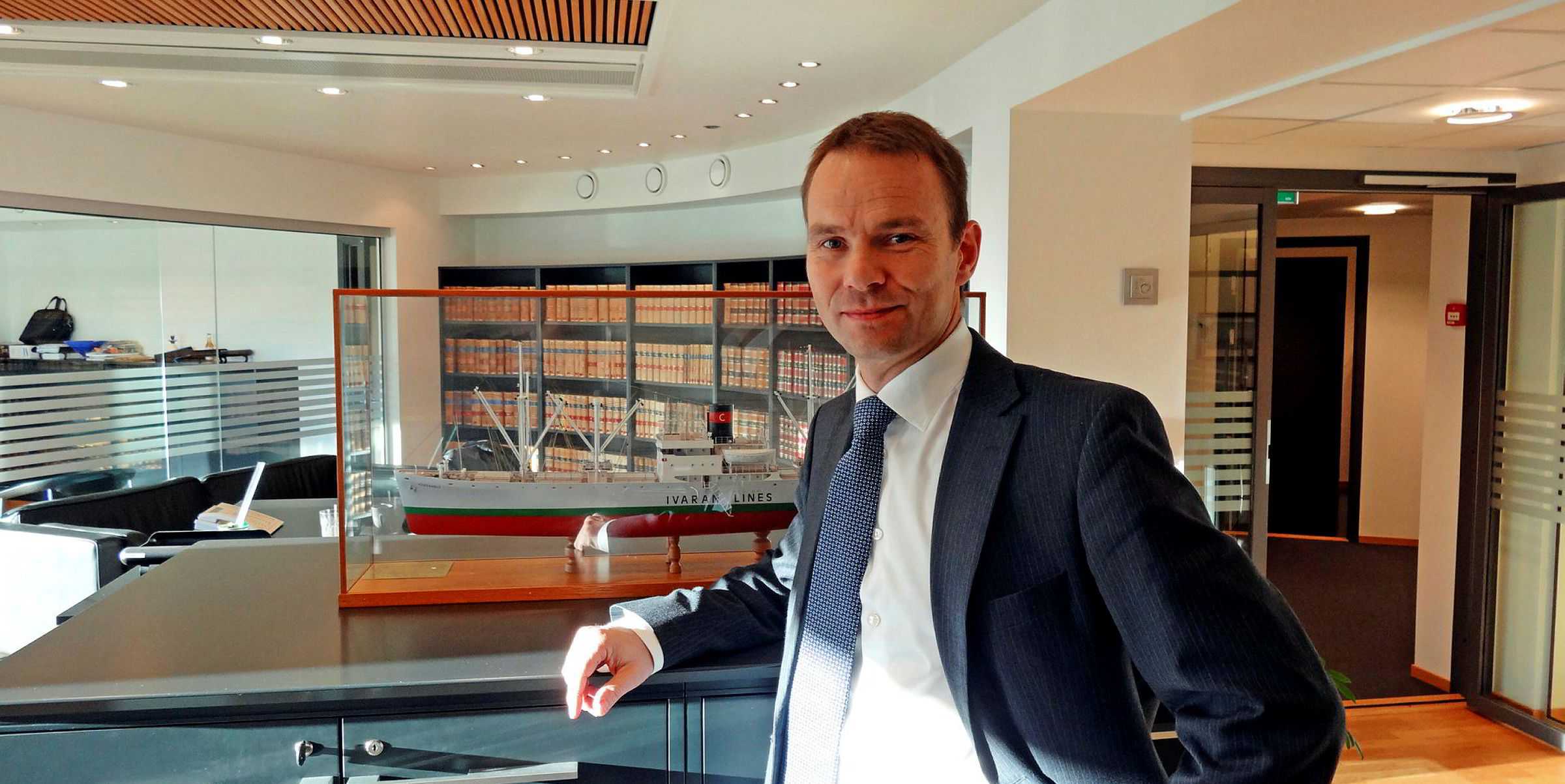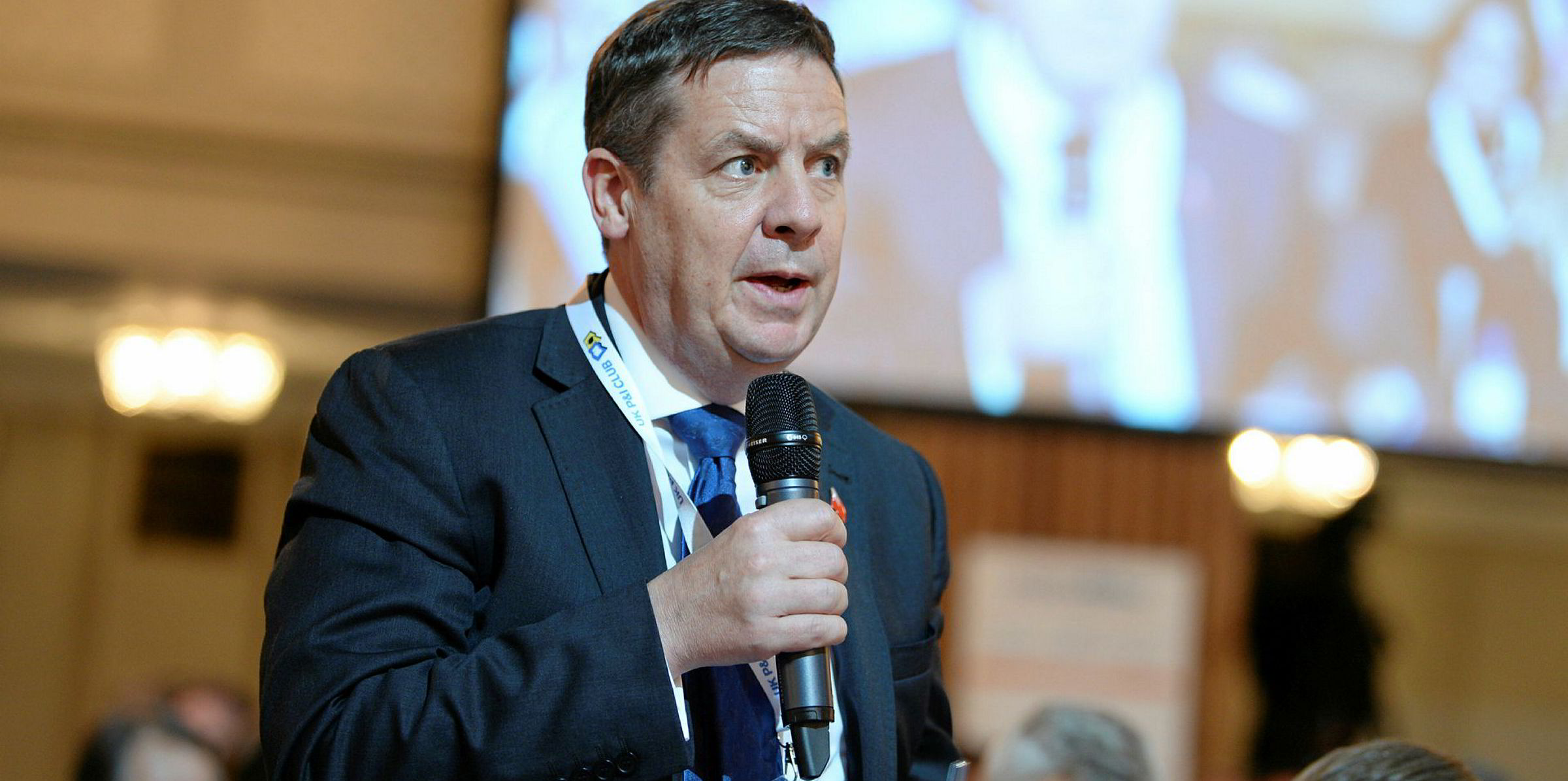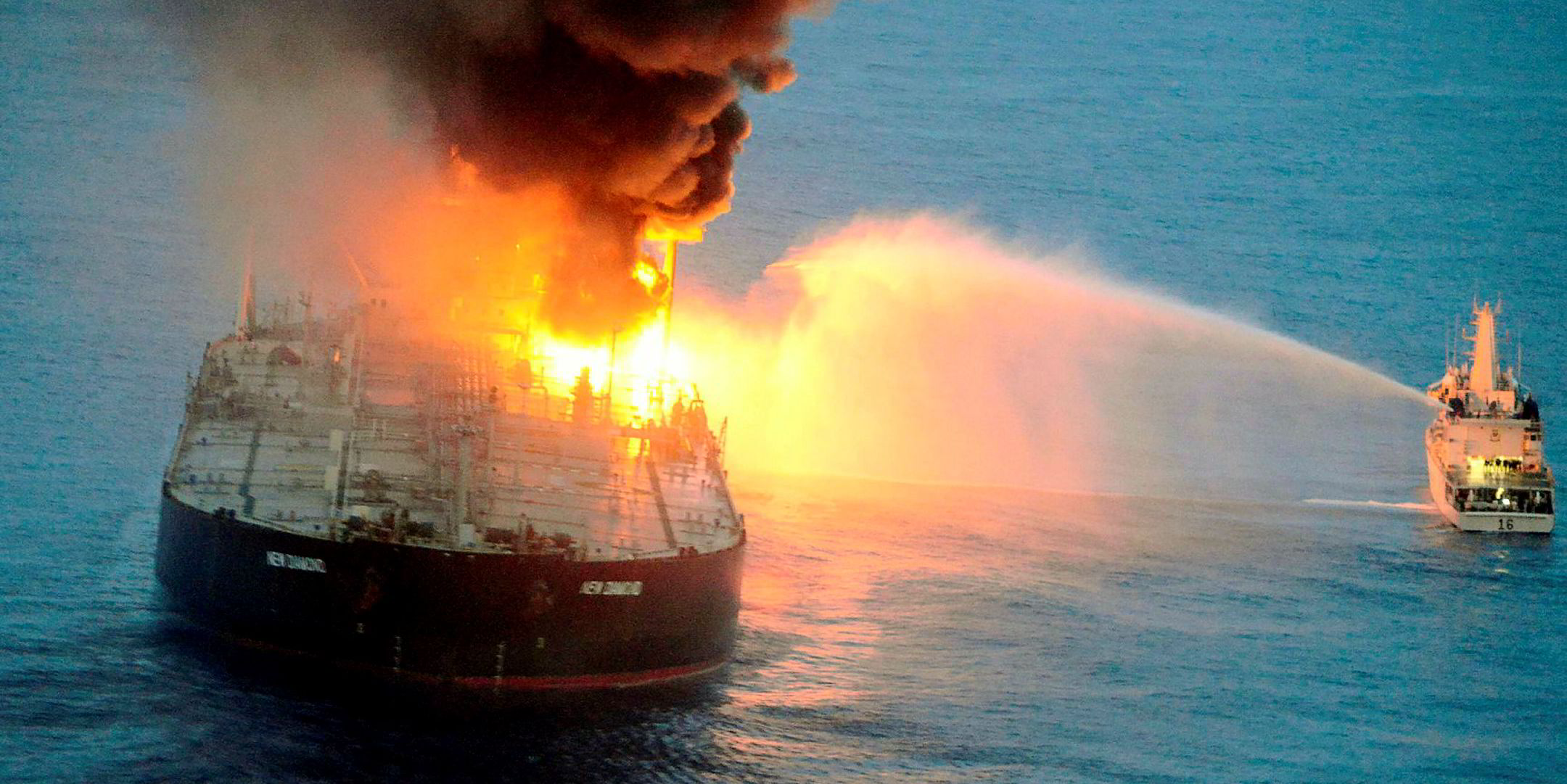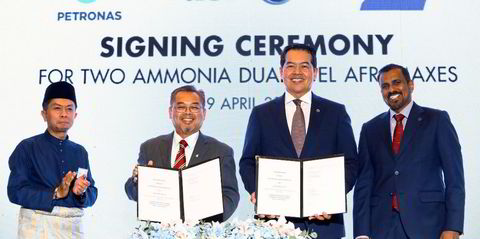Marine insurance executives are expecting the growing mental fatigue and stress experienced by the 300,000 seafarers trapped at sea in the crew-change crisis will result in increased casualties.
Speaking at the International Union of Marine Insurance (IUMI) virtual conference, Gard chief executive Rolf Thore Roppestad said the crew crisis is the biggest problem faced by the marine insurance industry as a result of the pandemic.
“The seafarer risk is the most urgent of those facing the insurance industry as a whole following the Covid-19 pandemic,” he said.
“There will be an impact on loss ratios. It is just a question of by how much,” he added.
Roppestad thinks that fatigued and mentally stressed seafarers will simply be more error prone. “If you are not the best version of yourself, then you will run the risk of making mistakes,” he explained.
IUMI president Richard Turner said the crisis is playing a part in ship casualties. “I think we are not necessarily seeing the crew issue as a direct cause of casualties but, in a wider framework, contributing to casualties that will occur more frequently,” he said.
Roppestad urged the shipping and insurance industries to lobby for a solution to the problem. Gard has joined a United Nations Covid-19 task force looking at the geopolitical risks associated with the pandemic.
Within that UN group, the Norwegian protection and indemnity club has lobbied for key-worker status for seafarers and worked with G7 countries to find a solution. But Gard has been disappointed by the response of some governments.
'Promises not materialised'
“There have been positive signals from some countries but there is still a lot of work to do. The promises have not materialised in the way we would like to have seen,” Roppestad said.
Shipping has been hit by two concerning casualties this year. The grounding of the 203,000-dwt bulker Wakashio (built 2003) has led to widespread pollution in Mauritius, while it appears a major pollution incident has been averted following a major engine-room fire on the 300,000-dwt VLCC New Diamond (built 2000).
There was another safety concern for the shipping industry raised at the IUMI conference by insurance technology company Concirrus data strategist James Whitlam.
Low bunker prices following the pandemic are now encouraging containerships operating on the Asia-to-Europe trades to divert from the Suez Canal, to avoid its hefty tolls, and navigate the Cape of Good Hope to save money.
However, the diversion exposes them to sea conditions that could lead to the loss of containers at sea.
The Cape of Good Hope route involves increased average wave height and longer wave patterns, which are two factors known to contribute to excessive rolling and the loss of containers.
Compared with the “relatively calm conditions” of the Suez Canal route, the waters around the Cape of Good Hope are much more volatile, he said.
“There is a much greater chance of operating in potentially hazardous conditions what will lead to an insurance claim,” Whitlam said.
The IUMI conference was scheduled to convene in Stockholm this year but instead is being held online, from 14-25 September, because of travel restrictions caused by the pandemic.






